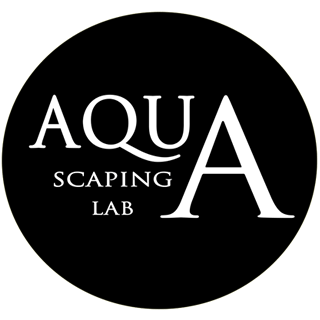19 Apr FRESHWATER PUFFERFISH – Tetraodon Fluvialitis – facts info
Name and family:
The Freshwater Fish Ball is known as puffer Fluvialitis, Green Pufferfish, Spotted Green Puffer Fish Ball Green, Tetraodonte Green, Dwarf Puffers, Freshwater Pufferfish.
It comes from tetraodontide family and is widespread in Africa and Asia, but there are also some species from South America
Feature and behavior:
The majority live in the mangroves where the water is not salty and sweet but instead reach the salt water as adults. Very popular also in aquariums, even in soft water are required, even if it ideal for this type of fish would be a little less high salinity than seawater.
Its life expectancy arrival up to 15- 20 years, has the ability to swell but it is a defense mechanism that is not recommended selection, because it will cause severe stress, if you swell of air, for example in transferring from one bath to another, it is most likely to die.
Fishes’s coexistence :
:
They become adults and are very aggressive and biting, so they are not very suitable for community tanks. The tub to breed a specimen must be at least 150 liters, it is a very lively and active fish, being quite aggressive; It can only be brought up in the company of his peers or other puffers since childhood.
It can bite the fins and scales of other fish, of which it feeds. Its muscle tissues and viscera are extremely toxic (if ingested) Several species are among the most poisonous vertebrates in the world, because their internal organs, in particular liver and gonads, contain lethal amount of a substance known as tetrodotoxin. Is important a layout whit rocks and pieces of wood, together with a substrate of sand. They appreciate the shelters provided by the vegetation, you can also use plants.
It ‘s very sensitive to the presence of nitrites and nitrates must therefore be a good filtration system and regular partial water changes. It looks like a very curious animal, which on one hand likes to explore every nook and cranny of the aquarium, and on the other tastes and attacks anything that catches his attention. It tends to move the furniture and objects to change outfits, so it is definitely not recommended for aquascapers who love details and accuracy of their work.
Sexual dimorphism and breeding:
There is sexual dimorphism between male and female, is a fish so oviparo external fertilization occurs.
Feeding and manteinance:
Price:
10 euros.



 English
English Italiano
Italiano